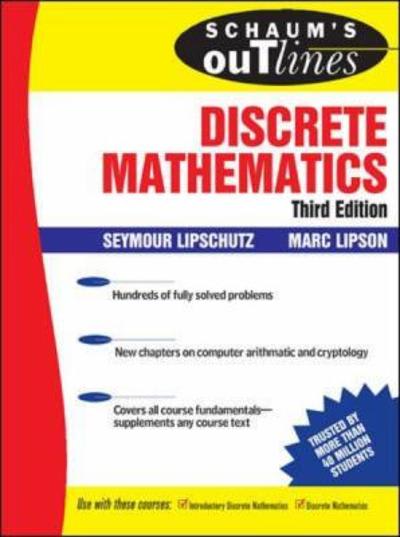Question
In an event X, the probability of rolling a sum of 8 on two dice is 5/36 while the probability of rolling an 11 is
- In an event X, the probability of rolling a sum of 8 on two dice is 5/36 while the probability of rolling an 11 is 2/36. In another event Y, the probability of rolling a 2 is 1/36, the probability of rolling a 9 is 4/36, and the probability of rolling a 4 is 3/36.
- What is probability that neither X nor Y will occur?Round your answer to2 decimals.
- While rolling two dice, what is the probability of rolling a sum of 7 or more? Round your answer to2 decimals.
- Consider an event X comprised of three outcomes whose probabilities are 9/18, 1/18 , and 6/18 . Compute the probability of the complement of the event. Round your answer to2 decimals.
- In an event X, the probability of rolling a sum of 8 on two dice is 5/36 while the probability of rolling an 11 is 2/36. In another event Y, the probability of rolling a 2 is 1/36, the probability of rolling a 9 is 4/36, and the probability of rolling a 4 is 3/36.What is the probability that either event X or Y occurs? Round your answer to2 decimals.
- In an event X, the probability of rolling a sum of 8 on two dice is 5/36 while the probability of rolling an 11 is 2/36. In another event Y, the probability of rolling a 2 is 1/36, the probability of rolling a 9 is 4/36, and the probability of rolling a 4 is 3/36.What is probability that neither X nor Y will occur?Round your answer to2 decimals.
- In event Y, the probability of rolling a 2 is 1/36, the probability of rolling a 9 is 4/36, and the probability of rolling a 4 is 3/36. Consider an event Z that includes all outcomes of rolling two dice whosesum is odd. What is the probability that either event Y or Z occurs?Round your answer to2 decimals.
- Which of the following computes the probability of an event P given that event Q is known to have occurred?
Group of answer choices
P(P|Q) = P(P and Q) / P(Q)
P(Q|P) = P(Q) - P(P)
P(P|Q) = P(Q) - P(P or Q)
P(Q|P) = P(P or Q) - P(Q)
If P(X|Y) = P(X), it implies that event Y is dependent on event X.
Group of answer choices
True
False
Which of the following will hold true if events X and Y are independent?
Group of answer choices
P(X) = P(X|Y)
P(X and Y) = [P(X) + P(Y)] - P(X or Y)
P(X) = P(Y) P(X and Y)
P(Y) = P(X|Y)
Which of the following is a continuous random variable?
Group of answer choices
the time to specific task
the outcomes of rolling two dice
the number of new hires in a year
the number of hits on a Web site link
The ________ of a random variable corresponds to the notion of the mean, or average, for a sample.
Group of answer choices
expected value
mode
variance
standard deviation
Which of the following is a weighted average of the squared deviations from the expected value?
Group of answer choices
variance
skewness
mean difference
kurtosis
Which of the following is true about variance?
Group of answer choices
It measures the uncertainty of a random variable.
Higher variance implies low uncertainty.
It is the square root of a random variable's standard deviation.
It is the weighted average of all possible outcomes.
Step by Step Solution
There are 3 Steps involved in it
Step: 1

Get Instant Access to Expert-Tailored Solutions
See step-by-step solutions with expert insights and AI powered tools for academic success
Step: 2

Step: 3

Ace Your Homework with AI
Get the answers you need in no time with our AI-driven, step-by-step assistance
Get Started


